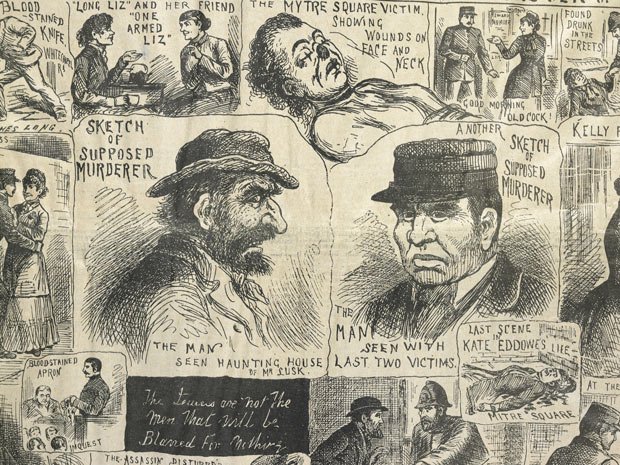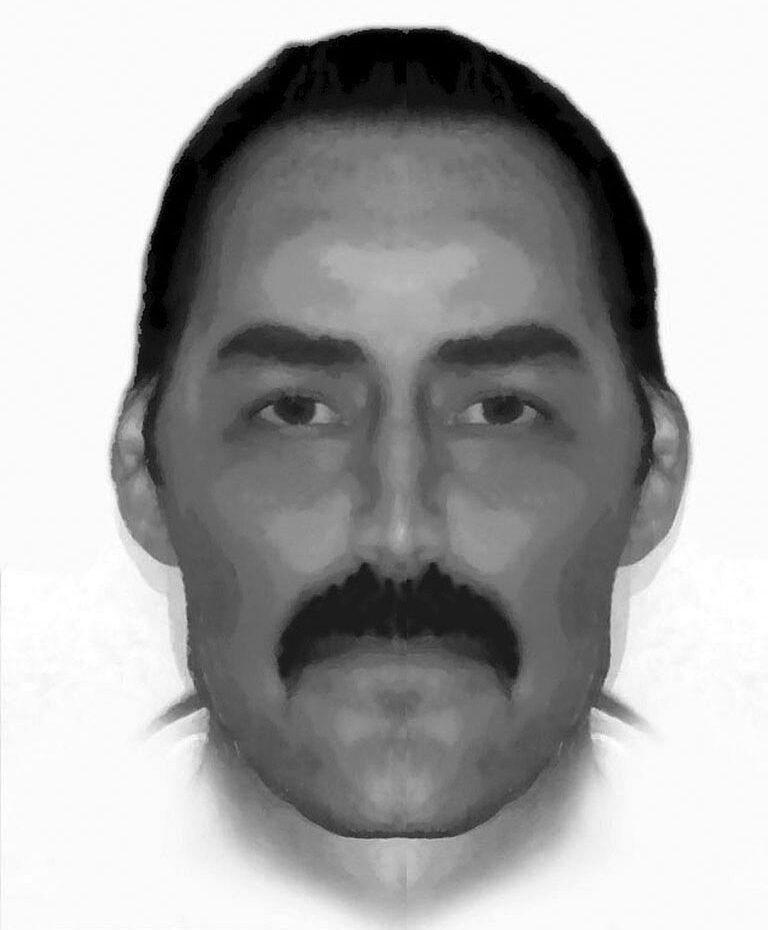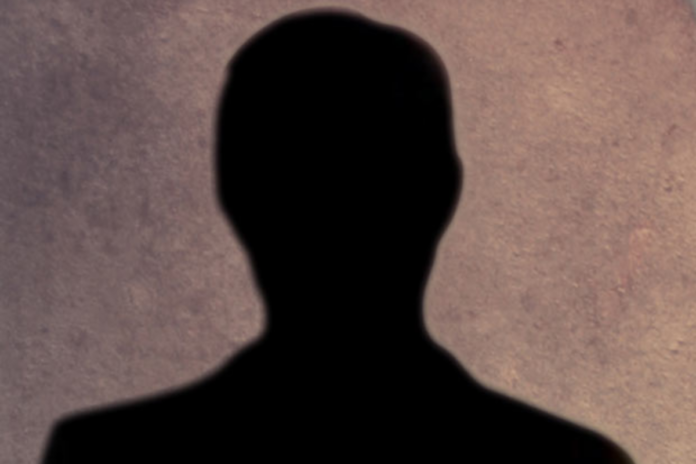The portrayal of monstrous individuals has consistently influenced society’s perception of itself, aiding in recognizing and examining what is considered normal.
The Role Of The Human Image In Western Culture
The depiction of the human form has long served as a means to convey and communicate social, political, and religious ideologies throughout the history of Western culture. While ancient practices such as astrology and physiognomy hold little sway in contemporary society, historian Ludmilla Jordanova contends that…
Still an urgent search for the meaning in people; this is often assumed to lie below the surface, but with the surface holding the key to it… the desire to know people by scrutinizing their appearance is still there…
This phenomenon is especially noticeable in the realm of criminality. From the nineteenth century onward, individuals have employed visual representations and written or spoken accounts within scientific and legal regulatory frameworks and in popular media to create profiles for facing evil infamous criminals.
An illustrative case exemplifies the elusive nature of the Victorian serial killer known as ‘Jack the Ripper,’ whose true identity continues to evade discovery despite numerous efforts to uncover it.
Also Read: Cultural Passions: Reading the Tarot
The Enigma Of ‘Jack the Ripper’
Often regarded as Britain’s inaugural serial killer, ‘Jack the Ripper perpetrated the brutal murders of at least five prostitutes in Whitechapel, East London, in 1888. However, authorities never apprehended the perpetrators of these crimes, leaving his identity shrouded in mystery.
The moniker ‘Jack the Ripper’ originated from a letter received by a London news agency on September 27th, 1888, purportedly from the killer himself. Yet, law enforcement later dismissed this letter as a hoax. ‘The Ripper’ remains mythical, his identity never definitively confirmed. The concept of his ‘monstrous’ persona is derived from the attributed actions ascribed to him.
During the era of the Whitechapel murders, the widespread availability of inexpensive illustrated newspapers and magazines facilitated the mass distribution of written and visual descriptions of each of the killings. Tabloids such as the Pall Mall Gazette, the Star, and the Illustrated Police News sensationalized and exploited the ‘The Ripper’ narrative for commercial gain.
Through serialized narratives and artistic depictions, these publications propagated the myth of the monstrous killer, all as part of an urgent endeavor to attribute an identity to the anonymous ‘criminal monster.’

Modern Efforts To Identify Jack The Ripper
In 2006, nearly 120 years after the Whitechapel murders for facing evil, authorities revisited the quest to identify the perpetrator. Utilizing modern techniques to analyze Victorian witness statements, Laura Richards, head of analysis for Scotland Yard’s Violent Crime Command, and her team developed a new facial composite and profile for Jack the Ripper.
Richards, who has also studied serial killers Fred West and Ian Huntley, emphasized the significance of this effort, stating, ‘for the first time, we are able to understand the kind of person Jack the Ripper was… We can identify the likely street of his residence, visualize his appearance, and ultimately explain why this killer evaded justice.’
However, the enduring question remains: why does the pursuit of a face and personality for ‘the Ripper’ continue to hold such importance long after the passage of time?
Assurance And Anxiety: Revisiting Jack The Ripper
Metropolitan Police Commander John Grieve, who collaborated with the team behind the photo-fit, has stated with confidence that modern profiling techniques could have led to the apprehension of ‘the Ripper’ during his reign of terror.
In this regard, the project provides a sense of reassurance, suggesting that the gruesome murders, although occurring in the heart of London, are a historical anomaly unlikely to recur in contemporary society.
The extensive resources dedicated by law enforcement to visualize a singular perpetrator for these crimes long after their occurrence underscore the heightened anxiety induced by monstrous criminal acts lacking a clearly identifiable culprit, thereby blurring the distinction between ‘normal’ individuals and perpetrators.

The composite sketch produced by Richards’ team (figure 2) portrays a man whose appearance, much like that of many other infamous serial killers, is unremarkable, with the exception of perhaps his dark complexion.
Reflecting the apprehension and uncertainty fueled by the influx of immigrants into the East End during the time of the murders, this depiction bears striking similarities to previous sketches of the killer (shown in Figure 1).
Nevertheless, people have eagerly embraced it as a credible new likeness of the Whitechapel killer. What drives the compelling nature of this pursuit?
The Power Of Visual Representation In Criminal Identity
Disseminated through mass media, the appearance of a criminal’s ordinary face becomes recognizable and even familiar to the public. The photograph demonstrates that society has confined or controlled ‘facing evil’.
In certain instances, the image transforms into an emblem of wickedness, enabling the expression of moral indignation. A prominent illustration of this phenomenon is the police ‘mug shot’ capturing Myra Hindley, a young woman convicted of child murder, at the time of her arrest in 1965.
This image symbolizes depravity for a significant segment of the British population, including those who were too young to witness the original case. Its iconic status suggests that visual representation is pivotal in trying to contain and mitigate anti-social or ‘evil’ conduct.
The Significance Of Identifying The Facing Evil
Despite their mundane appearance, media-familiarized images of criminals uphold societal norms, providing reassurance regarding our identity and delineating what we are not.
Therefore, the pursuit of identifying and disseminating ‘the face of evil’ holds considerable importance. Without a recognizable visual representation, how could we separate ‘monstrous’ evil from ‘us’, the ‘normal’ populace?
Also Read: The New Suffragettes


